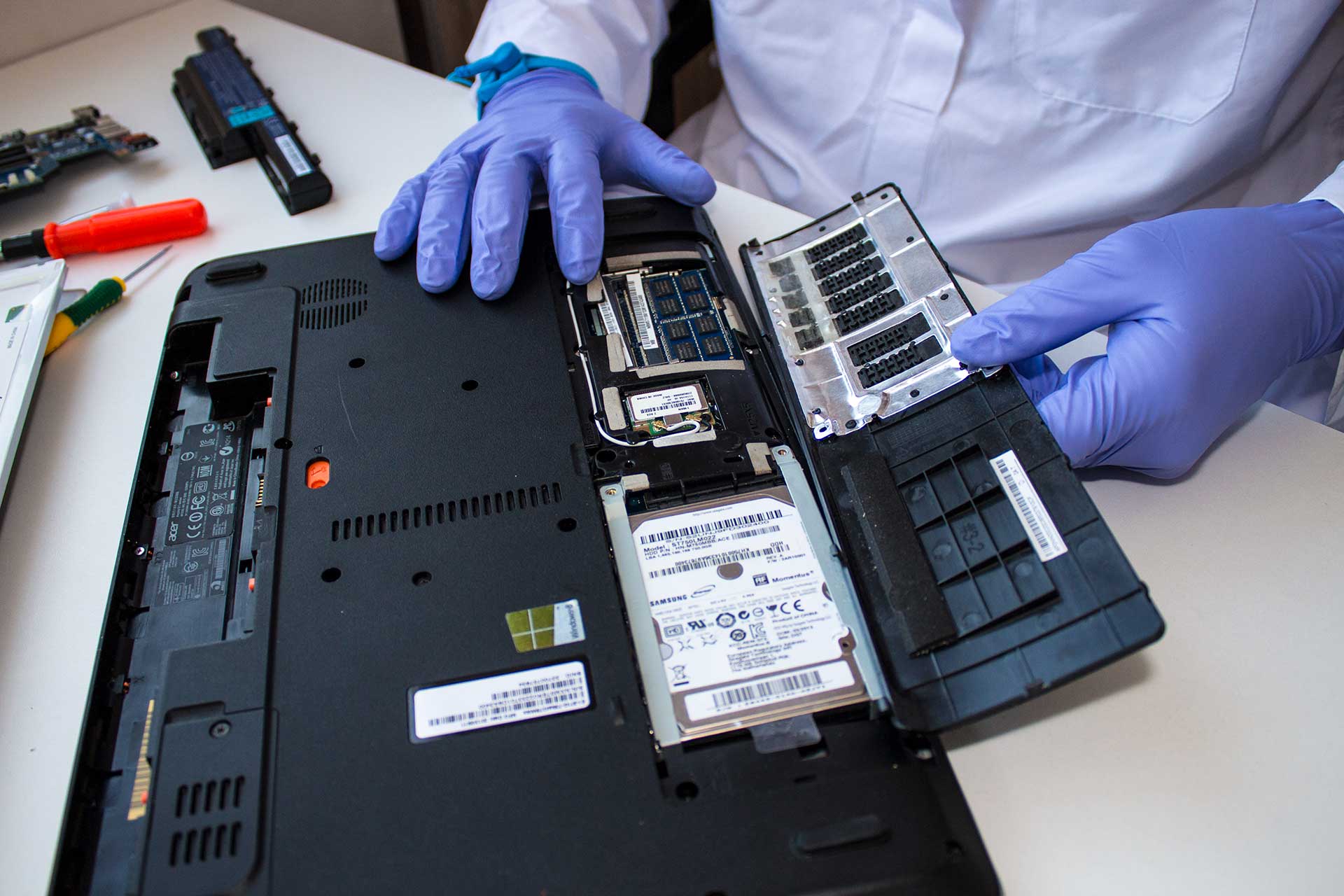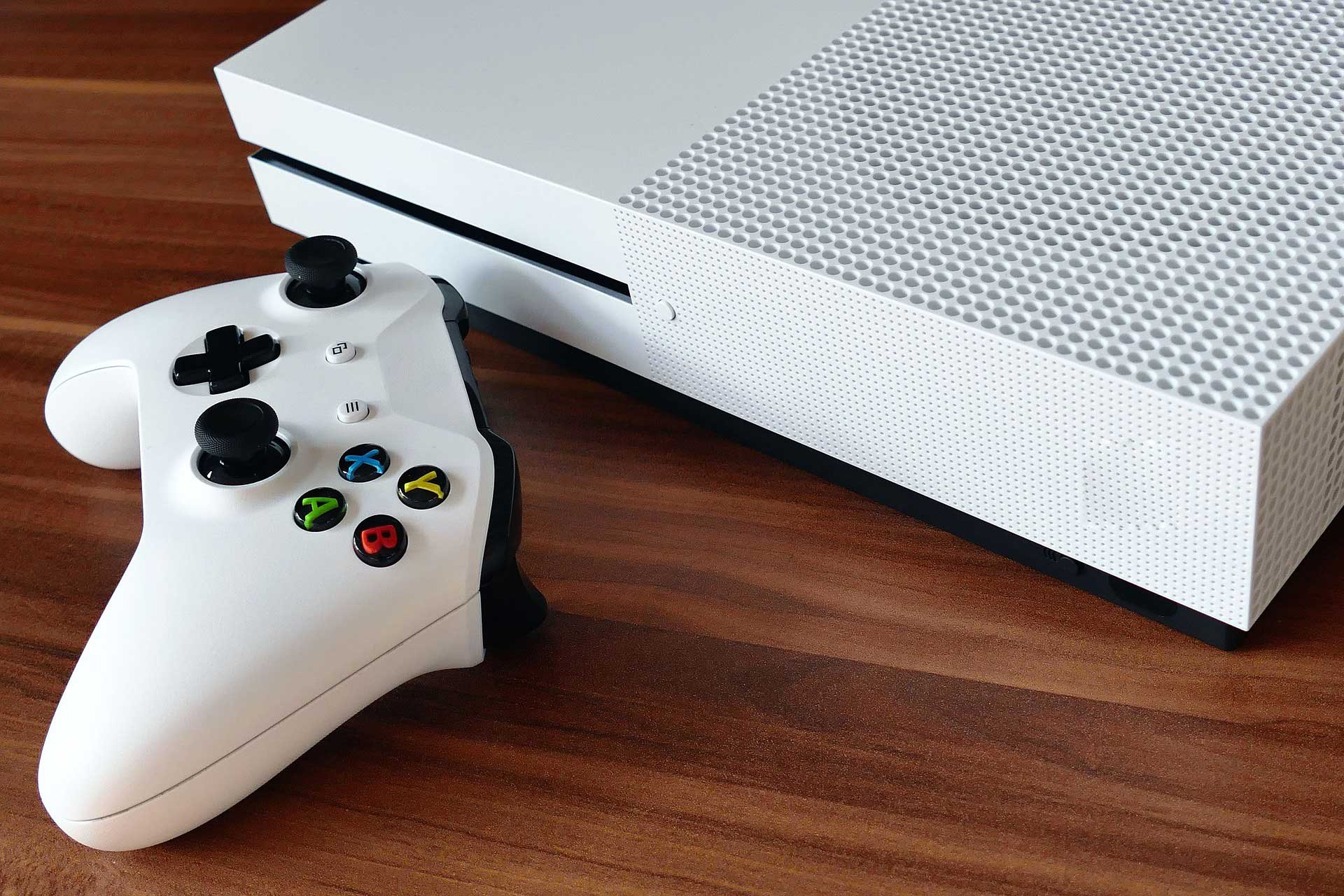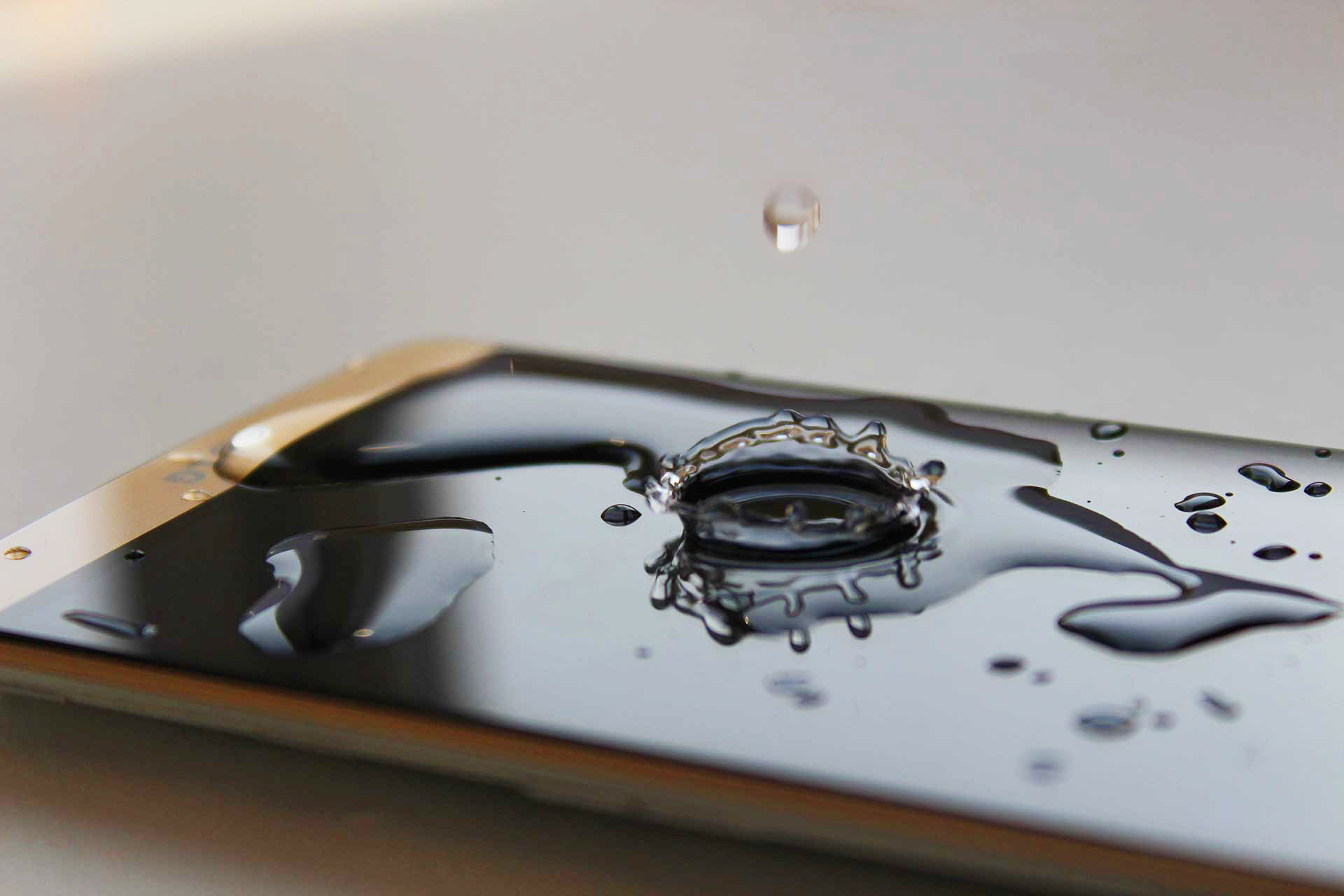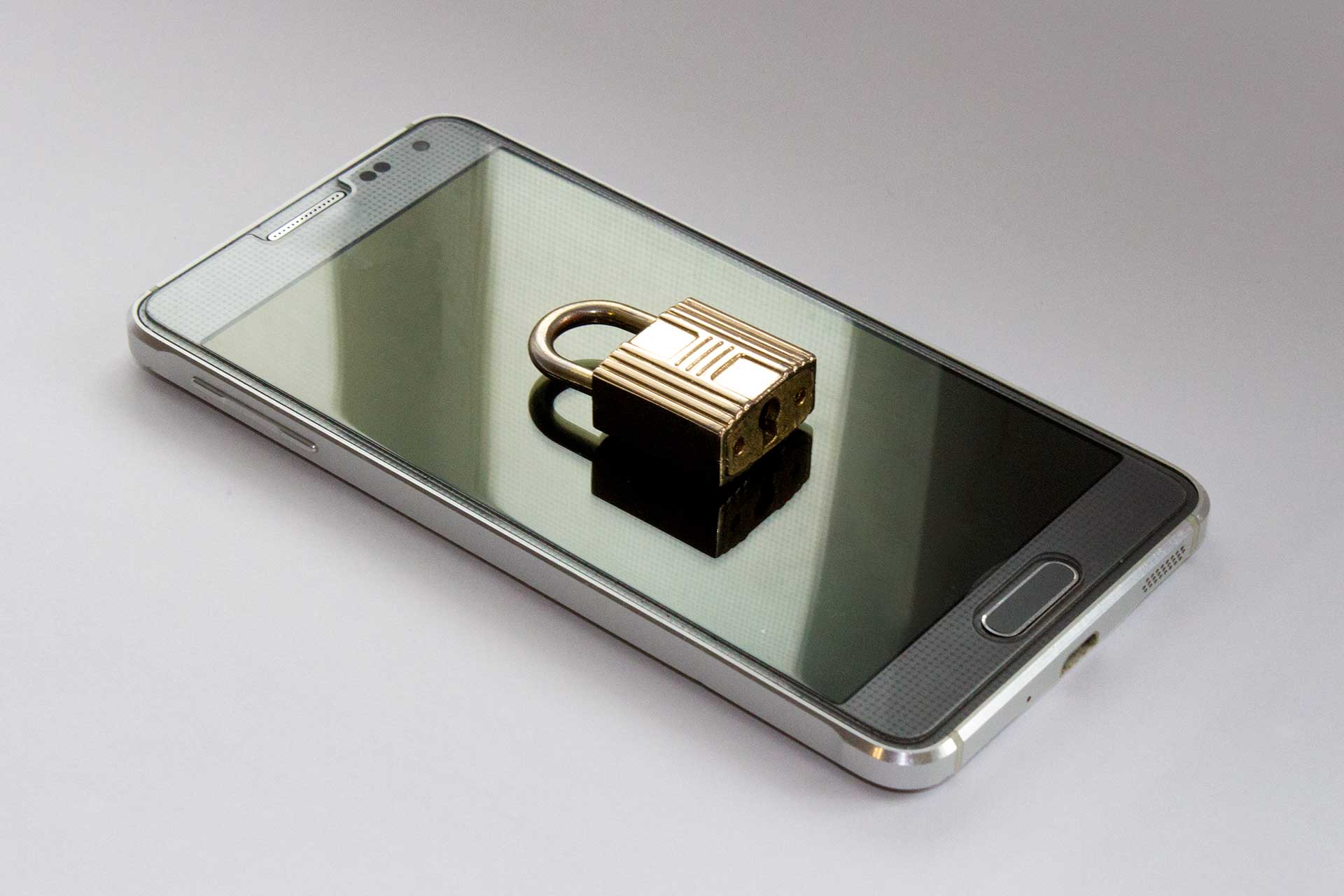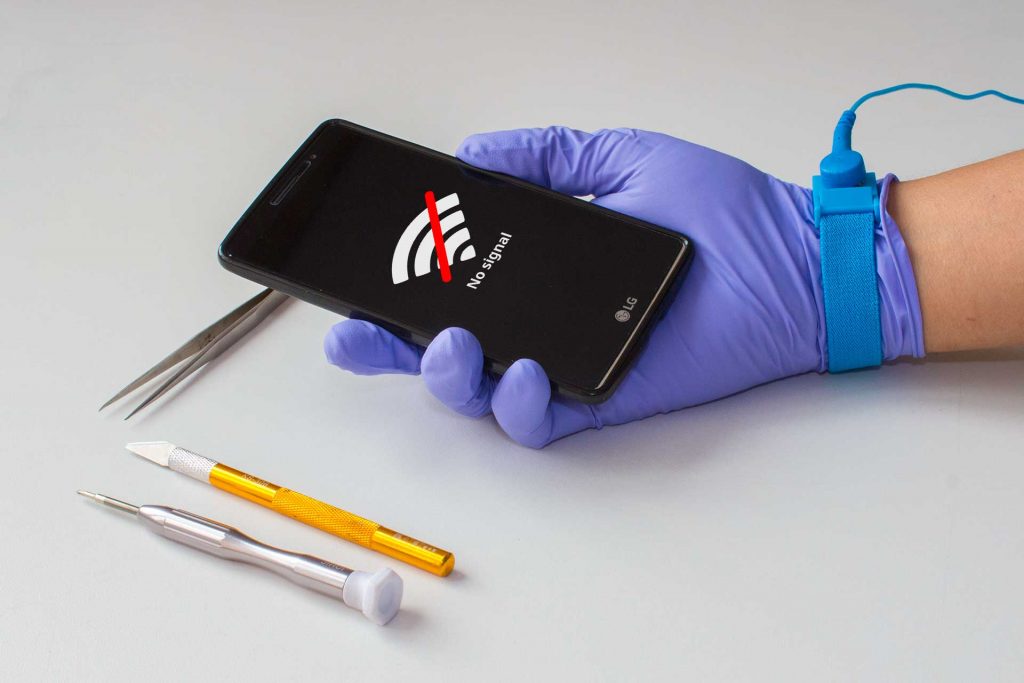
Originally built for commercial and research applications, Wi-Fi technology can now be found in many different kinds of home consumer gadgets. Notice that all of these devices existed in some form before it came along. Incorporating Wi-Fi, though, has enabled them to connect to home networks and the Internet and generally increased their usefulness.
Computers
It’s difficult to find a new computer without built-in Wi-Fi anymore. Before Wi-Fi chips were integrated onto computer motherboards, separate cards (often, the PCI type for desktop computers and the PCMCIA type for laptops) needed to be purchased and installed to make the device Wi-Fi capable. USB network adapters (“sticks”) that supply WI-Fi remain a popular choice for adding wireless capability to older computers (and some other types of devices).
All modern tablets support integrated Wi-Fi. Mobile devices like laptops and tablets benefit most from this support, for uses such as connecting to Internet hotspots.
Phones
Modern smartphones provide built-in Wi-Fi as a standard feature. Although digital phones use cellular connections for their basic wireless service, having Wi-Fi as an alternative can help save money (by offloading data transfers from the cell service plan), and Wi-Fi connections also often perform better than cellular ones.
Smart Televisions and Media Players
Wi-Fi has become increasingly popular in televisions for direct access to the Internet and online streaming video services. Without Wi-Fi, TVs can obtain online content via wired connections, but Wi-Fi eliminates the need for cables, and it provides an alternative to using third-party digital media players. An online media player typically also supports Wi-Fi connections for Internet video streaming plus wired connections to a TV.
Game Consoles
Modern games consoles like Xbox One and Sony PS4 have built-in Wi-Fi to enable multiplayer online gaming. Some older games consoles lacked Wi-Fi but could be configured to support it via a separate adapter. These wireless game adapters plug into either a USB or Ethernet port of the console and in turn connect to a Wi-Fi home network.
Digital Cameras
Wi-Fi enabled digital cameras allow picture files to be transferred directly from the camera’s memory card to another device without cables or needing to remove the card. For consumer point-and-shoot cameras, this convenience of wireless file transfers is quite useful (although optional), so it’s worth buying one that’s WiFi-ready.
Stereo Speakers
Several kinds of wireless home stereo speakers – Bluetooth, infrared and Wi-Fi – have been developed as an alternative to using speaker cables. For home theater systems in particular, having wireless rear surround speakers and subwoofers avoids much unsightly wiring. Compared to the other kinds of wireless, Wi-Fi speakers work over longer distances and so are most prevalent in multi-room systems.
smart thermostats
to distinguish them from traditional home thermostats that cannot communicate with other devices, Wi-Fi thermostats support remote monitoring and programming through a home network connection. Smart thermostats can save money on utility bills when programmed according to the timing of when people are at home or away. They can also issue alerts to smartphones if the heating or cooling system stops working unexpectedly.
Companies like Withings and Fitbit popularized the idea of Wi-Fi scales in homes. These devices not only measure a person’s weight but also can send the results across the home network and even to outside Internet sites like third-party database tracking services and social networks. While the idea of sharing personal weight statistics with strangers might seem odd, some people find it motivational.
Was this page helpful?
Process breakdown

We accept your gadget

Diagnose and repair

You pick up your gadget
Providing Complete Mobile Phone and other gadget Repairs

